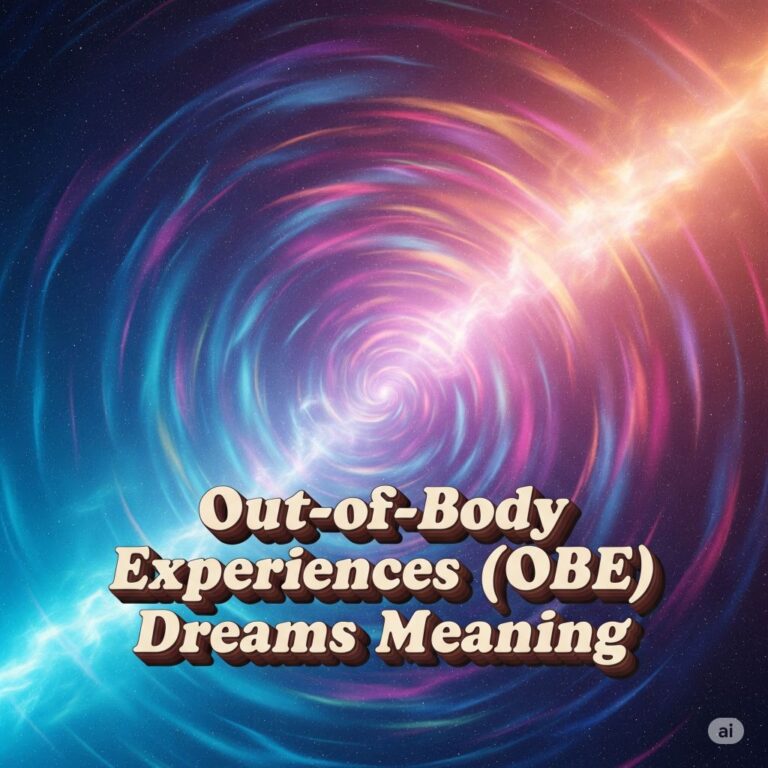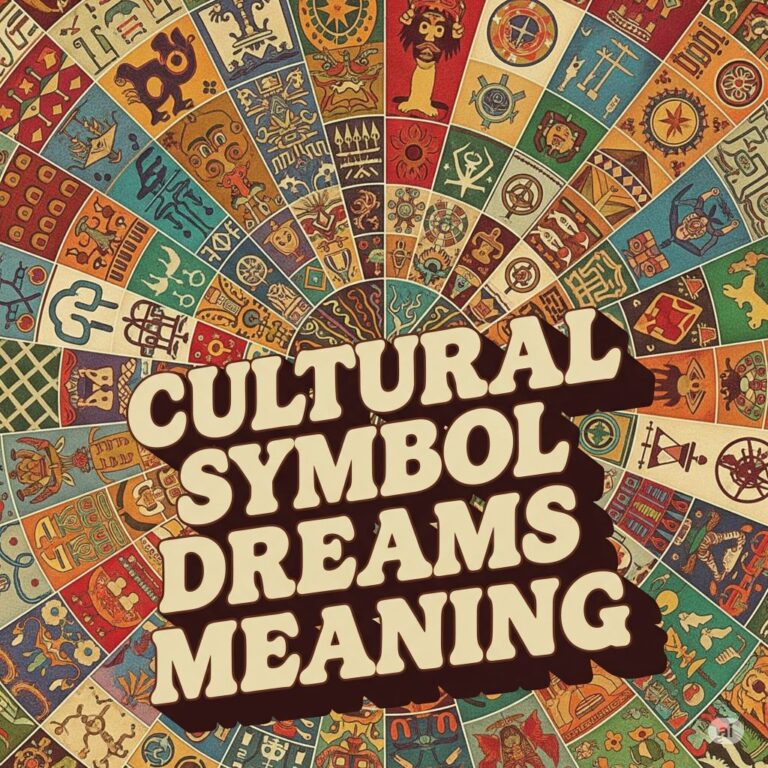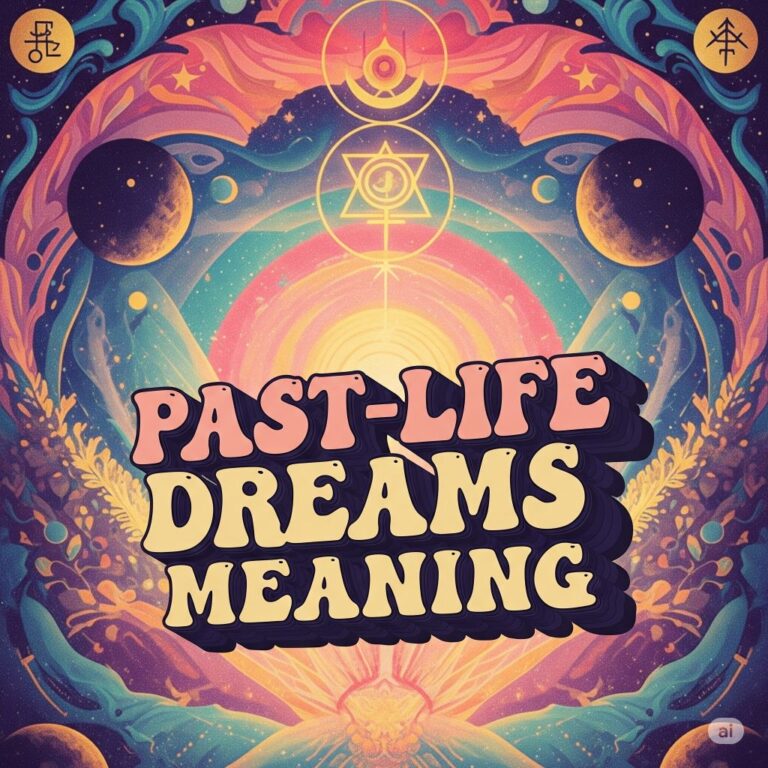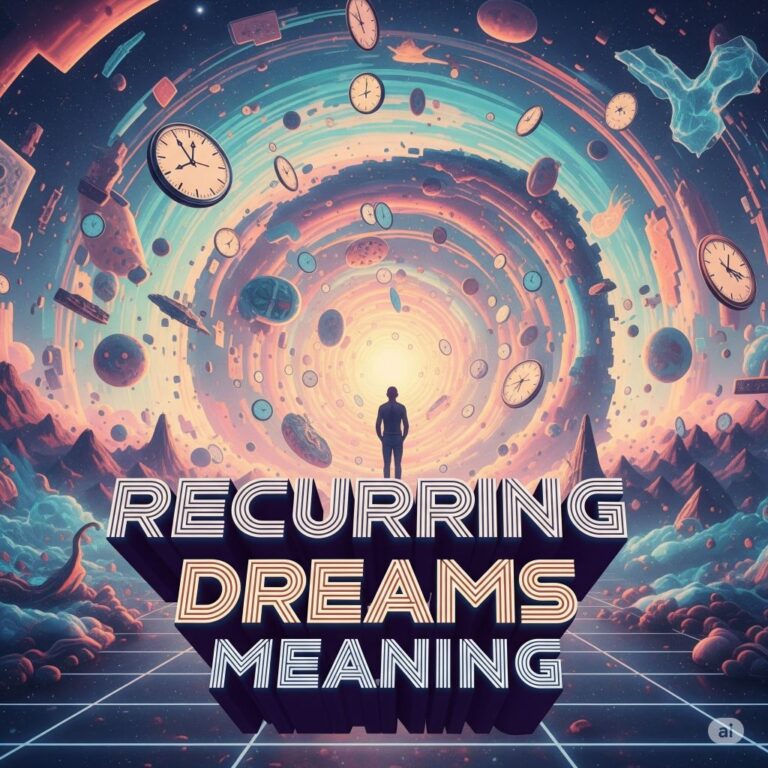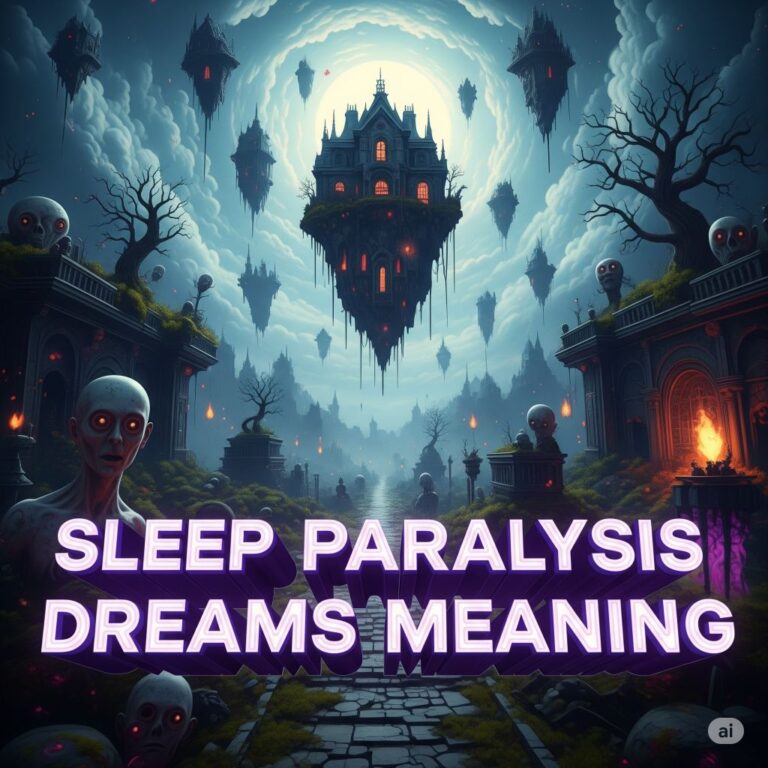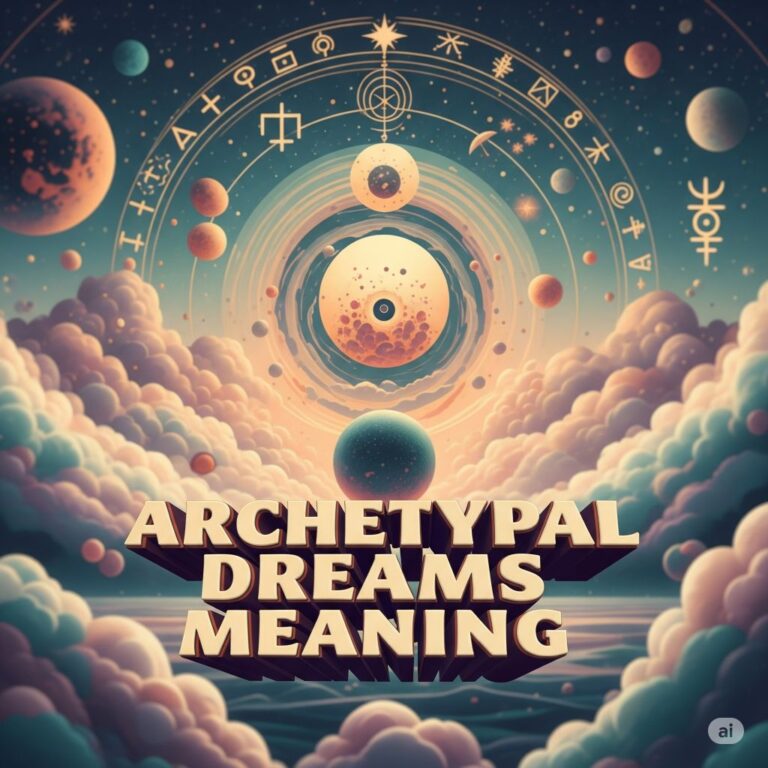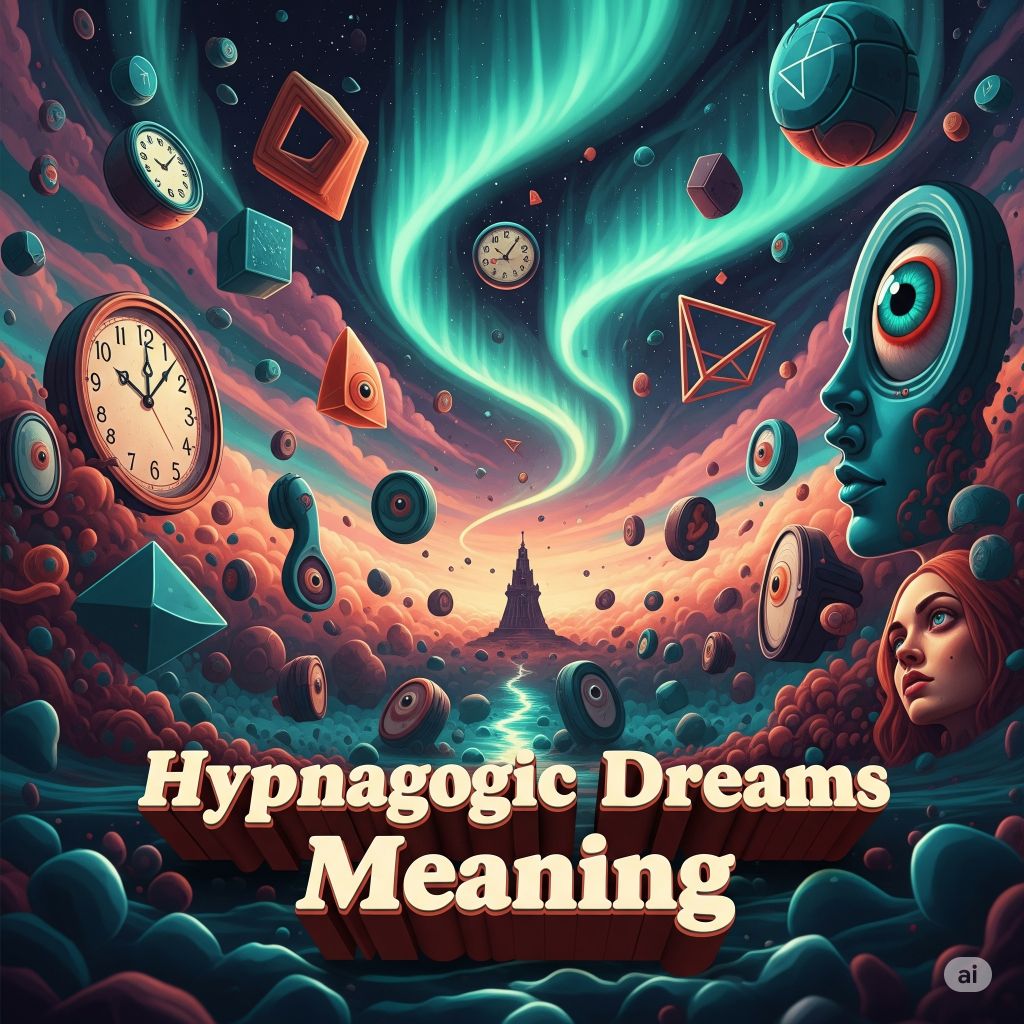
Hypnagogic dreams (also called hypnagogic hallucinations or imagery) are vivid, often fleeting sensory experiences that occur as a person drifts from wakefulness into sleep. The word “hypnagogic” is derived from the Greek words for “sleep” (hypnos) and “leading” or “guiding” (agogos), literally meaning “leading into sleep.” These experiences typically happen during the hypnagogic state, the transitional phase between full wakefulness and the first stage of sleep.
Features and Characteristics
Hypnagogic dreams can include a wide range of sensory phenomena:
- Visual images: Flashes of shapes, faces, landscapes, or colors (often called “phosphenes” if purely visual with eyes closed).
- Auditory phenomena: Hearing words, snippets of conversation, music, or noises that are not present in the environment.
- Tactile sensations: The feeling of floating, falling, or being touched.
- Other sensations: Smells, tastes, or even bodily movement (sudden jerks called “hypnic jerks”).
These experiences are typically:
- Brief, usually lasting only a few seconds to minutes.
- Fragmented or disconnected, not forming a coherent narrative like typical dreams.
- Often forgotten if one falls quickly into deeper sleep.
- Sometimes startling, especially if accompanied by a falling sensation or a sudden loud noise.
The Science Behind Hypnagogic Dreams
1. The Sleep-Wake Boundary
- Hypnagogic dreams occur during the transition from wakefulness to stage N1 sleep, the lightest sleep stage.
- The brain’s sensory filtering is lowered, allowing random neural firings to be perceived as images, sounds, or sensations.
- The body’s muscles relax, and “microsleeps” can begin, sometimes leading to hypnic jerks.
2. Neurology
- The visual cortex (for images), auditory cortex (for sounds), and other brain regions may become spontaneously active.
- Differences between the hypnagogic state and full sleep/background waking consciousness include mixed, fluctuating brainwaves and irregular activation of the thalamus (a relay center for sensory information).
3. Frequency and Causes
- Nearly everyone experiences hypnagogic phenomena occasionally.
- They are most likely when drowsy but trying to stay awake, when napping, or during sleep deprivation.
- They can be more pronounced in people with narcolepsy or those under high stress.
Symbolism and Psychological Role
1. Creativity and Inspiration
Many artists, writers, and inventors have recognized the hypnagogic state as a fertile ground for new ideas. Thomas Edison, Salvador Dalí, and others would intentionally hover at the threshold of sleep to harvest creative images, often finding solutions or artistic visions in these fleeting reveries.
2. Personal Insight
Although often random, some hypnagogic imagery can reflect preoccupations, anxieties, or thoughts from the day, offering a window into subconscious concerns or hopes.
3. Emotional Processing
Some experiences, like the sensation of falling or being called, might relate to natural physical or emotional processes—stress, anxieties, or a sudden drop in muscle tone as sleep sets in.
Differences from Other Dream States
| State | Timing | Content | Awareness | Example Images/Experiences |
|---|---|---|---|---|
| Hypnagogic | Falling asleep (wake → sleep) | Fragments, flashes, sounds | Partially aware | Geometric shapes, voices, falling |
| REM Dream | During REM sleep (deeper) | Narratives, stories, emotion | Usually unaware | Flying, complex storylines |
| Hypnopompic | Waking from sleep (sleep → wake) | Dream residue, hallucinations | Partially aware | Shadowy figures, loud noises |
Cultural and Historic Views
- Ancient Greeks considered hypnagogic visions potential glimpses into divine or hidden truths.
- Shamanic traditions sometimes valued these states for vision quests or healing.
- Victorian era thinkers believed pre-sleep visions could be prophetic or linked to spiritual realms.
- Modern psychology and neuroscience see them as natural byproducts of the sleep-wake transition.
Coping With and Using Hypnagogic Experiences
1. Embracing Creatively
- Keep a bedside notebook: Record striking images or ideas as soon as you notice them.
- Use for meditation: Some mindfulness techniques intentionally hover at this threshold for relaxation or creative access.
2. Managing Discomfort
- Reassure yourself: Hypnagogic experiences are normal and temporary.
- Improve sleep hygiene: Regular sleep schedules and reduced stress can minimize unpleasant or startling sensations.
- Distress or sleep disorders: If experiences are disturbing or frequent (especially with narcolepsy features), consider speaking to a sleep professional.
Conclusion
Hypnagogic dreams are vivid, fleeting experiences at the boundary of waking and sleep. While they can be disjointed or even startling, they reflect the brain’s unique state during the sleep onset phase, blending subconscious fragments, sensory impressions, and sometimes creative insight. Recognizing and embracing these experiences can enrich self-understanding, bolster creativity, and offer a glimpse into the fascinating transition from conscious to unconscious mind.

